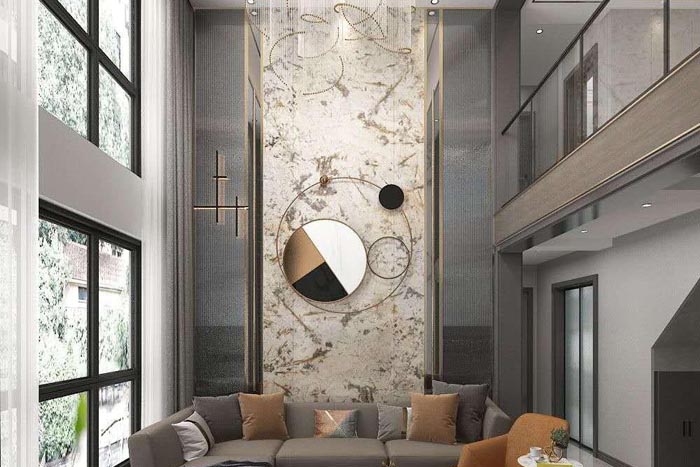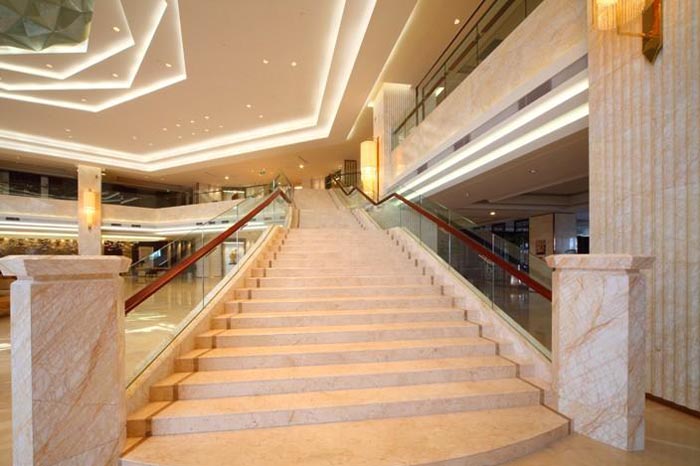Marble is a high-end decorative material, so you must be careful when choosing it to avoid wasting money. The slightly experienced stone practitioners know that as a natural material, stone is affected by geophysical and chemical changes, coupled with the influence of many factors such as mining and processing, and the quality of the same product is quite different, which is relatively different from other traditional materials. For industry products, on-site evaluation is very important. So, how to identify the quality of marble through appearance? Below, let's take a look with the editor of FABULOUS Group.

1, check mark
The marking order of marble slabs is: naming, classification, size, grade, standard.
The naming order of marble slabs is: the name of the place of origin of the blocks, the name of the characteristic color of the pattern, and the marble (codenamed M).
Marble slabs are divided into two categories: general-shaped slabs (code-named N): square or rectangular slabs; special-shaped slabs (code-named S): slabs of other shapes.
There are three grades of marble slabs: excellent product (code-named A), first-class product (code-named B) and qualified product (code-named C). The classification is based on the allowable deviation of sheet size, flatness allowable limit tolerance, angle allowable limit tolerance, appearance quality and mirror gloss. Marble slabs should be marked when leaving the factory: the name of the manufacturer, the trademark, and the mark. So by looking at the mark, you can get an idea of the overall appearance quality of the board.
2, determine the color of the pattern
Under the condition of sufficient light, put the selected slabs and the same batch of other marble slabs on the ground at the same time, and stand at a distance of 1.5m from them and check them carefully. It is required that the pattern tones of the same batch of marble slabs should be basically harmonized.

3, check surface defects
Under the condition of sufficient light, place the board flat on the ground, stand at a distance from the marble slab lm and observe the invisible defects as no defects; stand at a distance of the lm from the slab but not obvious at 1.5m as no obvious defects Defects: Defects that are obvious when standing at a distance of 1.5m from the plate are considered defective.
The specific observed defects include plate warping; whether there are cracks, blisters, heterochromatic spots, stains and depressions on the surface of the plate. If it is judged that the above defects are not found, the board is a superior product, and the front of the board is not allowed to have missing edges or corners; if the above defects are not obvious and there are no obvious missing edges or corners, then the board can be regarded as a first-class product. Product; if there are those few defects but do not affect the use, and there is only one area on the front of the board that the length is not more than 8mm, the width is not more than 3mm, the edge is missing or the length and width are not more than 3mm and the corners are not more than 3mm, then the board can be judged to be a qualified product. .
If the board is damaged during transportation, loading and unloading, it can be bonded (for cracked board) or repaired (for edge defects, potholes or pits on the surface). However, no obvious traces are allowed on the front after bonding and repairing, and the color should be close to the front color.